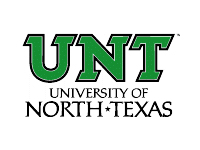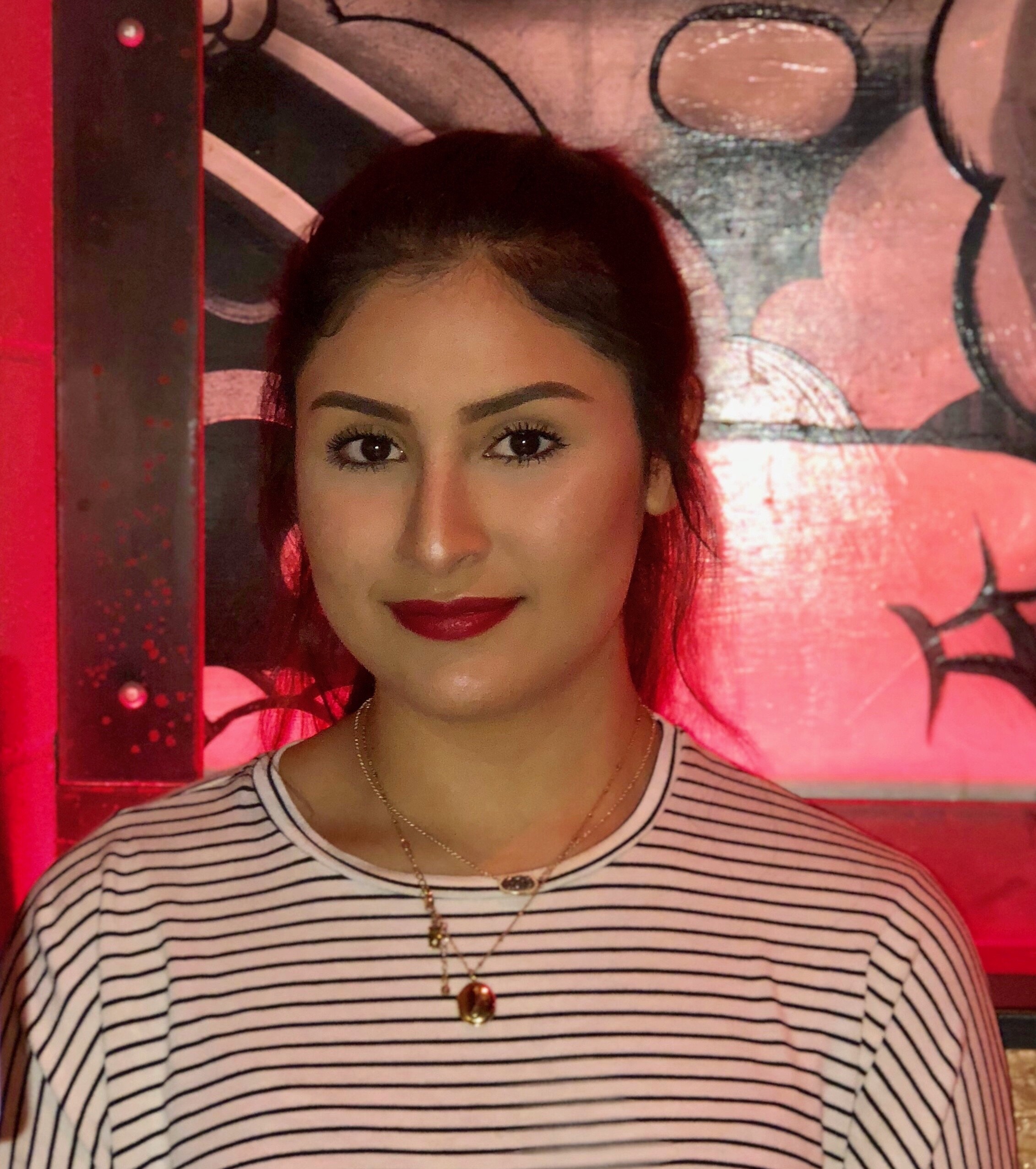Below is a summary of the abstract you submitted. Presenting author(s) is shown in bold.
If any changes need to be made, you can modify the abstract or change the authors.
You can also download a .docx version of this abstract.
If there are any problems, please email Dan at dar78@pitt.edu and he'll take care of them!
This abstract was last modified on April 25, 2018 at 1:19 p.m..

Bacteriophages which infect various bacterial hosts can typically be grouped into a variety of different phage types called clusters. These clusters are used to organize phages based on their morphology, gene content, and protein characteristics. Within the SEA-PHAGES program at the University of North Texas, we have helped to establish a new cluster, Cluster BK, with the discovery of bacteriophages found on the host genus Streptomyces. Currently, there are only two known subclusters within the growing BK cluster, BK1 and BK2. Of the five phages which have been discovered in the BK1 subcluster, 4 have been isolated on the bacterial host Streptomyces griseus at the University of North Texas. These phages include Annadreamy, Blueeyedbeauty, Comrade, and SparkleGoddess. Bacteriophages in subcluster BK1 typically have large genomes with an average of 128,659 bp and have terminal repeats between 700 and 800 bp in length. The G+C content found for the discovered phages average at 47.4%, which is among the lowest for phages found on the high G+C Streptomyces genus where the genomes are generally 68%-72% G+C. It can also be noted that these phages all appear to be lytic in their infection cycle due to the clear plaque morphology of each phage in the wet lab. Attempts to isolate lysogens have been unsuccessful. From what we know, the majority of these phages possess, on average, 38 tRNAs, which might be an adaptive strategy for expanding host range to more diverse host types. We are continuing to conduct bioinformatic analysis upon these phages and plan to utilize current and future research to further extend our knowledge of bacteriophages. Through our research conducted at the University of North Texas, we expanded the understanding of the diversity of Streptomyces phages as well as provided new insight into the properties of members of subcluster BK1.


